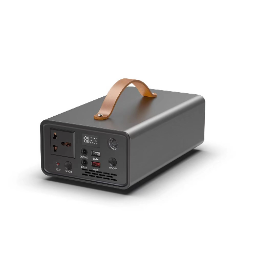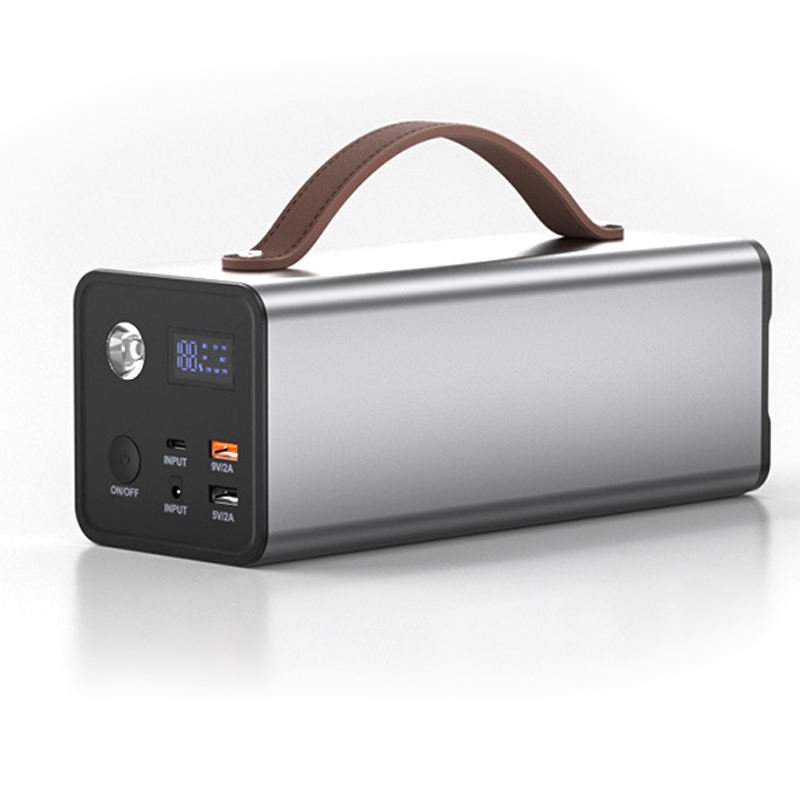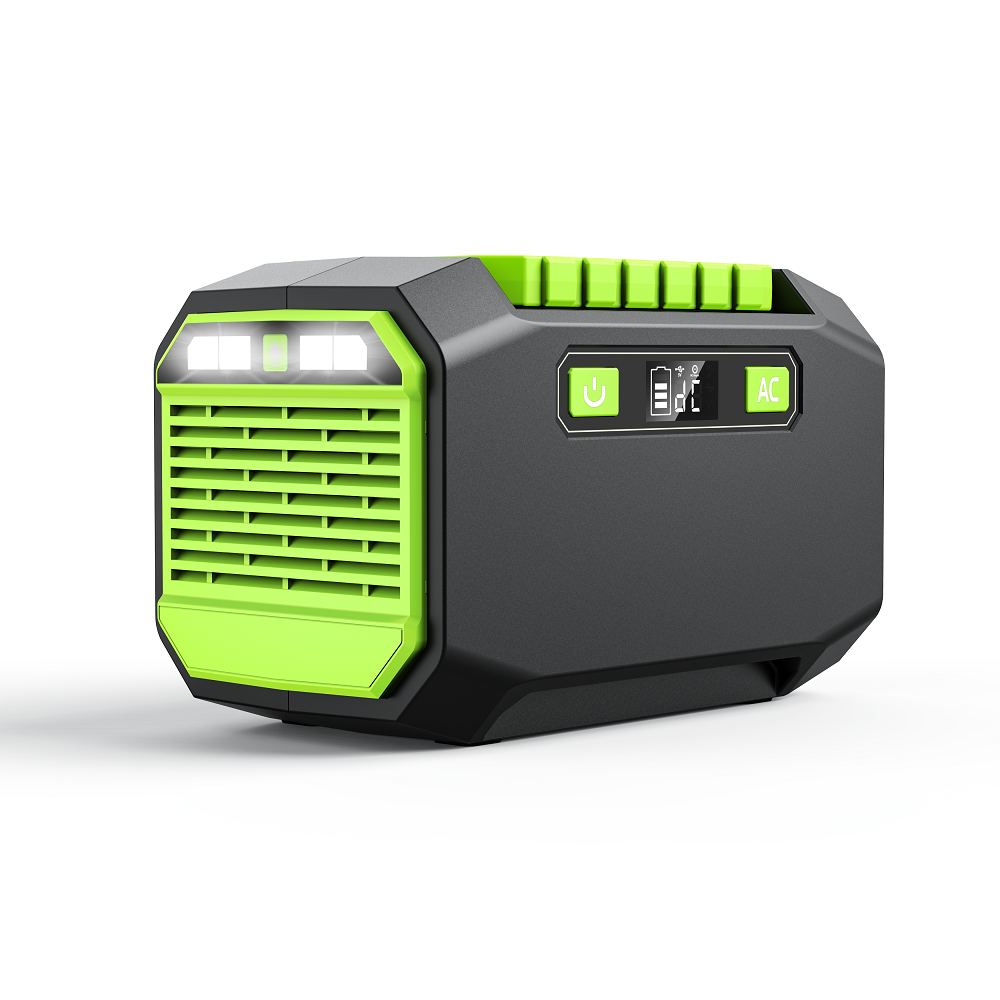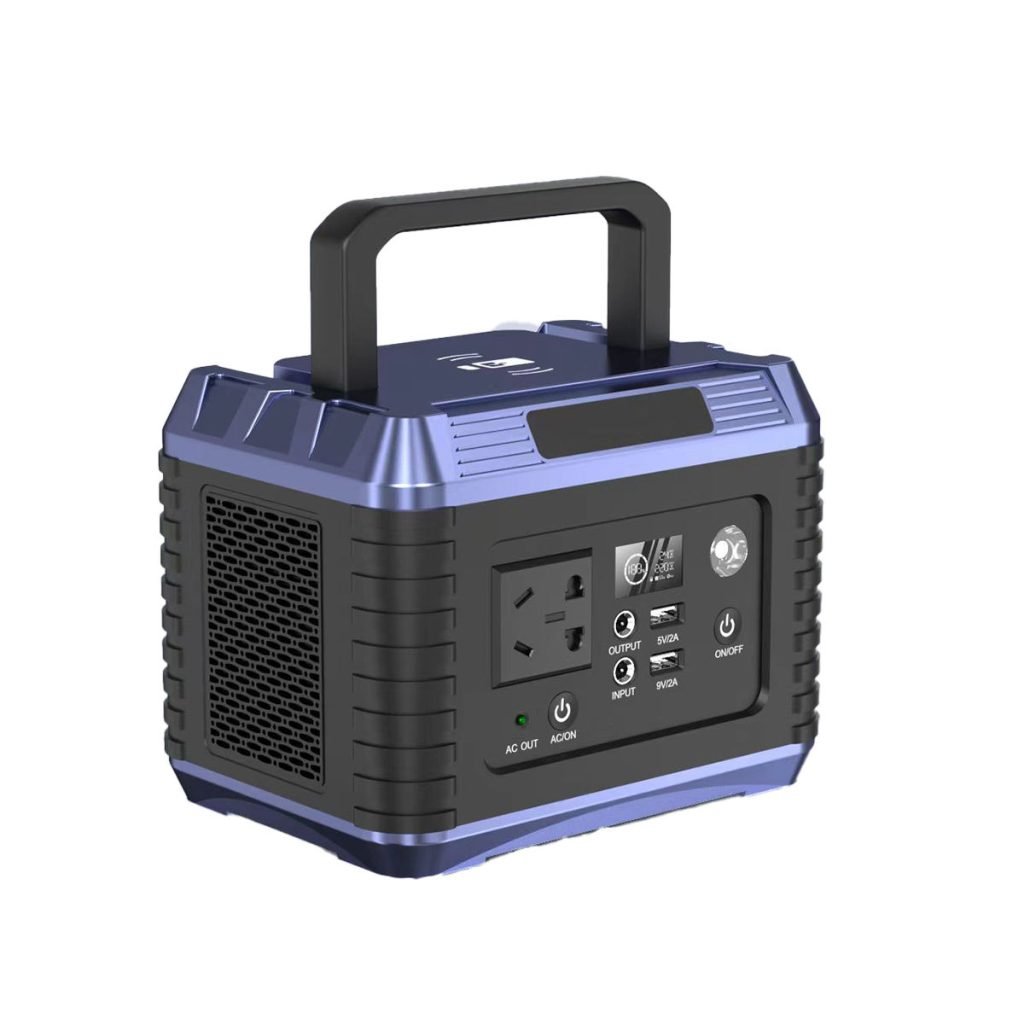Portable Power Station FAQ: Your Complete Guide
Portable power stations have become a must-have for those looking for dependable off-grid energy solutions. Whether you need backup power during an outage or a reliable source for outdoor adventures, understanding the critical features of these devices is essential. Below, we answer some of the most frequently asked questions about portable power stations, including runtime, power capabilities, costs, warranties, and more.
How Long Can Portable Power Stations Run Your Devices?
The runtime of a portable power station is determined by its capacity, typically measured in watt-hours (Wh). Units between 2,048 and 6,000 Wh can power essential household appliances, such as refrigerators, for 12 to 38 hours. You can add expansion batteries or connect solar panels to recharge the station while off the grid for extended usage.
This table estimates how long different devices can run based on the power station’s capacity (500Wh and 1000Wh examples).
| Device | Average Power Consumption (Watts) | Example Power Station Capacity (500Wh) | Example Power Station Capacity (1000Wh) |
|---|---|---|---|
| Smartphone | 5W | 100+ recharges | 200+ recharges |
| Tablet | 10W | 50+ recharges | 100+ recharges |
| Laptop | 50W | 8-10 hours of use | 16-20 hours of use |
| LED Light (10W) | 10W | 45-50 hours | 90-100 hours |
| Mini-Fridge | 60W | 7-8 hours of use | 14-16 hours of use |
| CPAP Machine | 40W | 10-12 hours of use | 20-24 hours of use |
| TV (LCD, 32-inch) | 60W | 7-8 hours of use | 14-16 hours of use |
| Power Tool (Drill) | 300W | 1-1.5 hours of use | 3-4 hours of use |
| Portable Electric Cooler | 50W | 9-10 hours of use | 18-20 hours of use |
| Full-Sized Refrigerator | 150W | 2-3 hours of use | 5-6 hours of use |
What Can You Power with a Portable Power Station?
Portable power stations are incredibly versatile. They can power small electronics like smartphones and laptops and larger household appliances such as sump pumps, window air conditioners, and furnace fans. The duration these devices can operate depends on the station’s battery capacity, so selecting the suitable model is crucial to meeting your power needs.
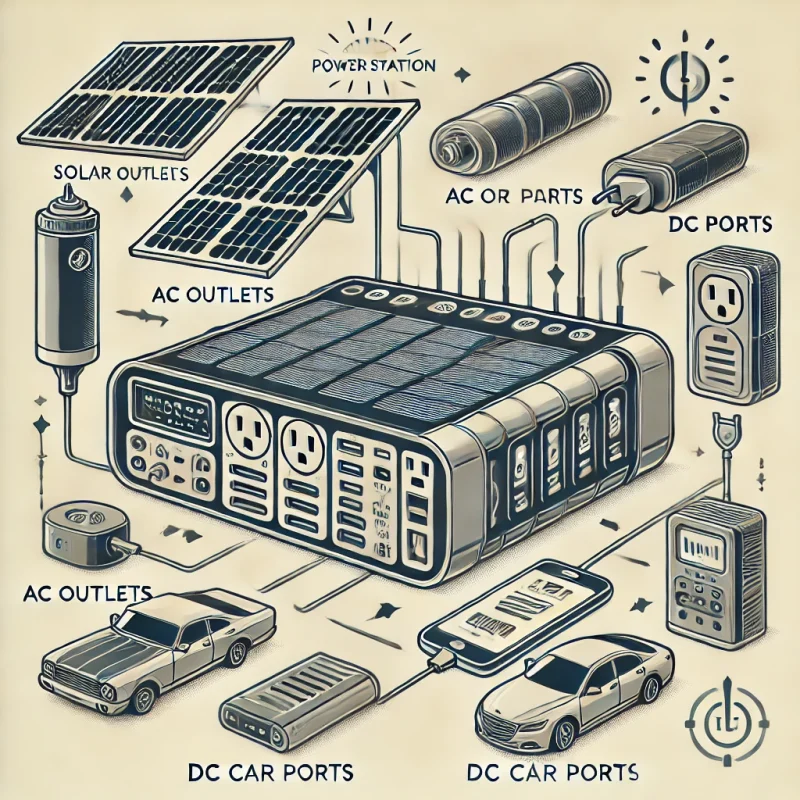
How Much Do Portable Power Stations Cost?
The price of a portable power station generally reflects its capacity. Prices start around $2,000 for a 2,048 Wh model and can go up to $5,400 for units with more than double the power. On average, expect to pay about $1 per watt-hour. For those requiring more power, expansion batteries are available at a lower cost than the base units, offering a cost-effective way to increase capacity.
What Warranties Are Available for Portable Power Stations?
| Product | Typical Warranty Length | Extended Warranty Options | Coverage Details |
|---|---|---|---|
| Portable Power Stations | 1 to 5 Years | Additional 2-3 Years (varies by brand) | Typically covers manufacturing defects, performance issues, and battery failure within the warranty period. |
| Solar Panels (for Power Stations) | 1 to 3 Years | May offer extended coverage for performance degradation | Covers performance loss, material defects, and workmanship issues |
How to Choose the Right Portable Power Station?
Choosing the right portable power station involves understanding both total wattage and watt-hours. Total wattage tells you how much power the station can provide at once, while watt-hours measure how long the station can sustain that power. Consider installing a transfer switch for a more convenient setup during power outages. This lets you seamlessly switch your home’s power supply from the grid to the portable power station.
Why Is Starting vs. Running Wattage Important?
When powering appliances with motors, like refrigerators or HVAC systems, it’s essential to differentiate between starting wattage (the initial surge of power required to start the appliance) and running wattage (the power needed to keep it operating). Appliances often require significantly more energy to start, so account for this to avoid overloading your power station.
What Should You Consider for Portability and Features?
While portable power stations are designed to be mobile, they can still be quite heavy, ranging from 70 to 180 pounds. Look for models with wheels and handles for more accessible transportation. Other valuable features include transparent LCDs showing remaining battery life, app controls for remote operation, and pass-through power for charging devices. In contrast, the station is being charged, and power-saving modes conserve energy when fully charged devices.
Tips for Choosing the Right Portable Power Station for Your Needs:
- Assess Your Power Needs: Determine which devices you need to charge and their power requirements.
- Prioritize Portability: If traveling frequently, lean towards lighter, more compact models.
- Consider Versatility: For home backup, prioritize higher capacity and multiple output options for maximum functionality.
- Check for Additional Features: Look for features that enhance usability, such as solar compatibility and app control.
- Read Reviews: Research user experiences to find reliable options that meet your expectations.
How Can External Batteries and Tool Integration Expand Versatility?
Some portable power stations offer external battery ports and compatibility with power-tool batteries, adding versatility for various applications. For instance, during a storm, these stations can serve as a reliable backup power source, and in outdoor settings, they can power everything from small electronics to larger appliances.
What types of outlets are available at portable power stations?
Portable power stations come equipped with various outlets to meet different needs. Standard options include 120- and 240-volt outlets for household appliances, USB ports for smaller devices, car sockets for RV appliances, and even wireless charging pads for smartphones and other wireless-enabled gadgets. This wide range of receptacles ensures you can power multiple devices simultaneously, making these stations adaptable to various scenarios.
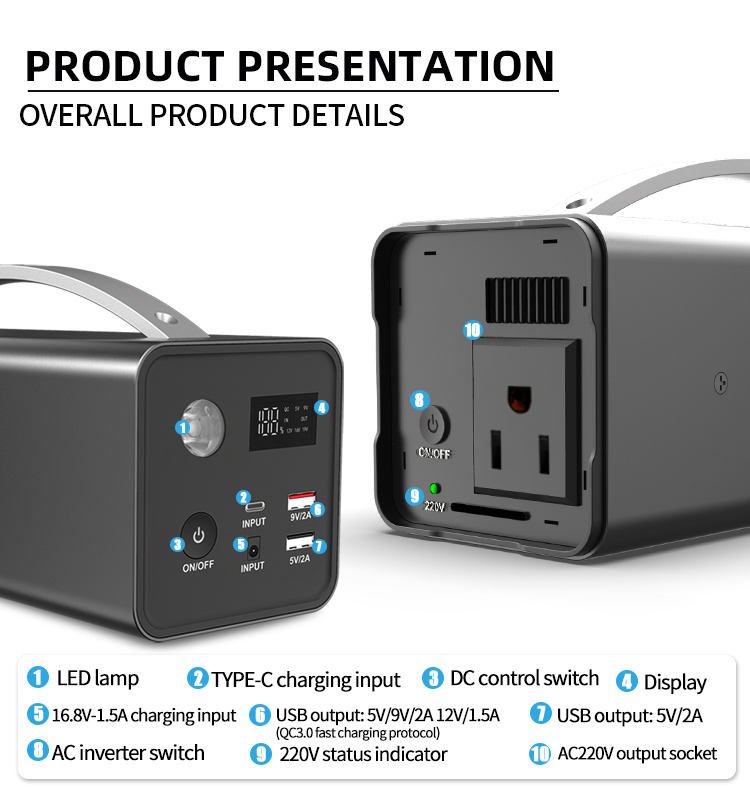
Conclusion
Portable power stations are a worthwhile investment for those seeking reliable, portable energy. By understanding their features, costs, and capabilities, you can select the suitable model to suit your needs, ensuring you’re ready for any situation, whether at home or on the move.

